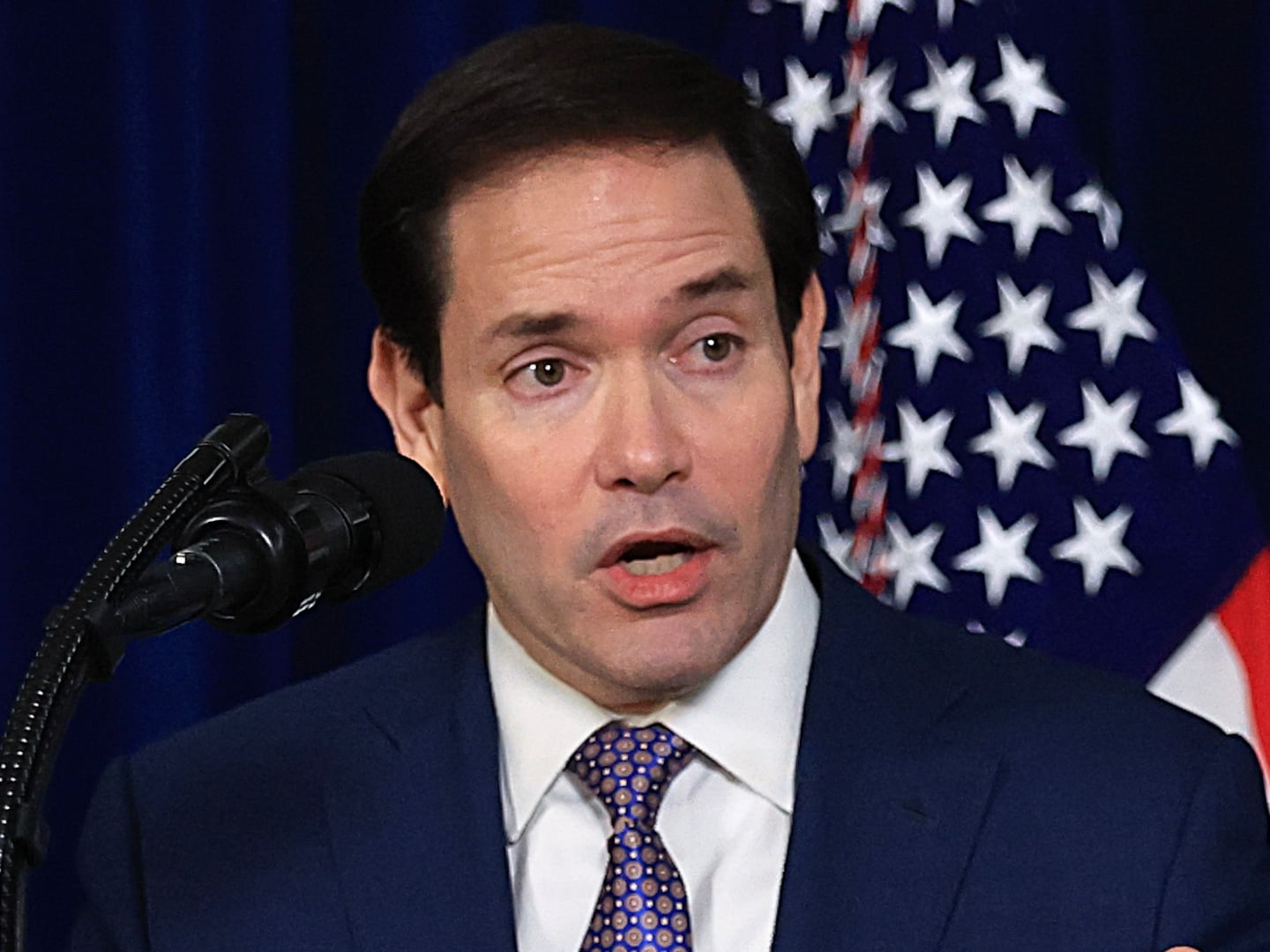Steve Bannon and Jared Kushner’s newly-formed White House Strategic Initiatives Group is no more, senior administration officials tell The Daily Beast, thanks in part to infighting between the co-founders.
Critics inside and outside the White House had worried that the SIG—which reported to White House Chief Strategist Bannon, Trump son-in-law and key adviser Kushner, as well as White House chief of staff Reince Priebus—would compete with the National Security Council.
“This is how Bannon will watch [Michael] Flynn,” one person briefed on Bannon’s thinking told The Daily Beast at the time, referring to the now-departed national security adviser.
But early controversies, White House internal squabbling, and a lack of funding quickly doomed the project. The group’s mission, has been folded into the White House’s Office of Innovation, two administration officials tell The Daily Beast.
The original Strategic Initiatives Group was intended to generate policy ideas largely—but not exclusively—devoted to domestic topics. Run by Chris Liddell, the former Chief Financial Officer of Microsoft, “it was supposed to be a large, McKinsey-like organization,” said a person familiar with the matter, referring to the global consulting firm.
But there was little or no money for the effort, stymieing several would-be White House hires. “They didn’t have the budget,” this person added.
Bannon’s ‘Vanity Project’
Multiple White House sources recalled SIG as an informal entity that never really had a chance to take off in the infant stages of the Trump presidency. Its budget woes were compounded by major ideological differences between its co-founders, Kushner and Bannon. Close allies and friendly during the campaign, they began clashing face-to-face and “nonstop” over various policies shortly after Trump took office.
With the group splintered and SIG remnants being absorbed into Kushner’s innovation office, Bannon found other ways to reassert his dominance and nationalist influence in Trump-world that didn’t involve running a parallel group to the National Security Council from which he was banished.
By the spring, there simply wasn’t much of anything of consequence to fund in the form of SIG.
“As it turned out, no one [else] wanted to fund a Bannon vanity project that was going nowhere fast,” said a senior Trump administration official with knowledge of SIG’s development and subsequent flop.
All of the officials spoke on condition of anonymity to discuss the sensitive matter.
‘Inconsequential’ Gorka
The collapse of the SIG leaves the key foreign policy-focused member of staff, Seb Gorka, now working directly for Bannon, according to three senior Trump administration officials. Gorka continues to defend President Donald Trump’s policies in the media. A fourth senior administration official said he does not generate policy for the National Security Council, but another U.S. official said he regularly attends meetings devoted to drafting Trump’s new National Security Strategy.
“He has no discernible or real impact on policy making, period,” one senior Trump aide told The Daily Beast. “Every once in awhile, he gets a pat on the head from the president.”
Asked what Gorka does, exactly, for the president, another senior administration official simply said, “He goes on TV.” When asked to describe Gorka’s work or function in Trump’s orbit, one White House official replied with one word: “Inconsequential.”
Despite their obvious dislike of Gorka, he is enough of a trusted and seasoned media surrogate that Trump sees him as an effective communicator of his worldview and anti-terror policies. It’s because of this that Trump and Bannon personally intervened to keep Gorka in the White House earlier this year when officials were actively weighing banishing him to another part of government.
Gorka and the White House did not respond to requests for comment on this story.
The SIG was in a suite of nondescript offices on the 1st floor of Old Executive Office Building, next to the White House. It was eventually supposed to number around 20 advisers.
Early in the Trump administration, before National Security Adviser Mike Flynn resigned, NSC officials received an organizational chart that put the SIG on a parallel status with the NSC. At the time, it caused a great deal of confusion, anxiety, and a bit of media attention. These days, officials say they can’t remember what happened to the SIG, what it was supposed to do, or even what it actually did in its brief existence.
— with additional reporting by Spencer Ackerman.








